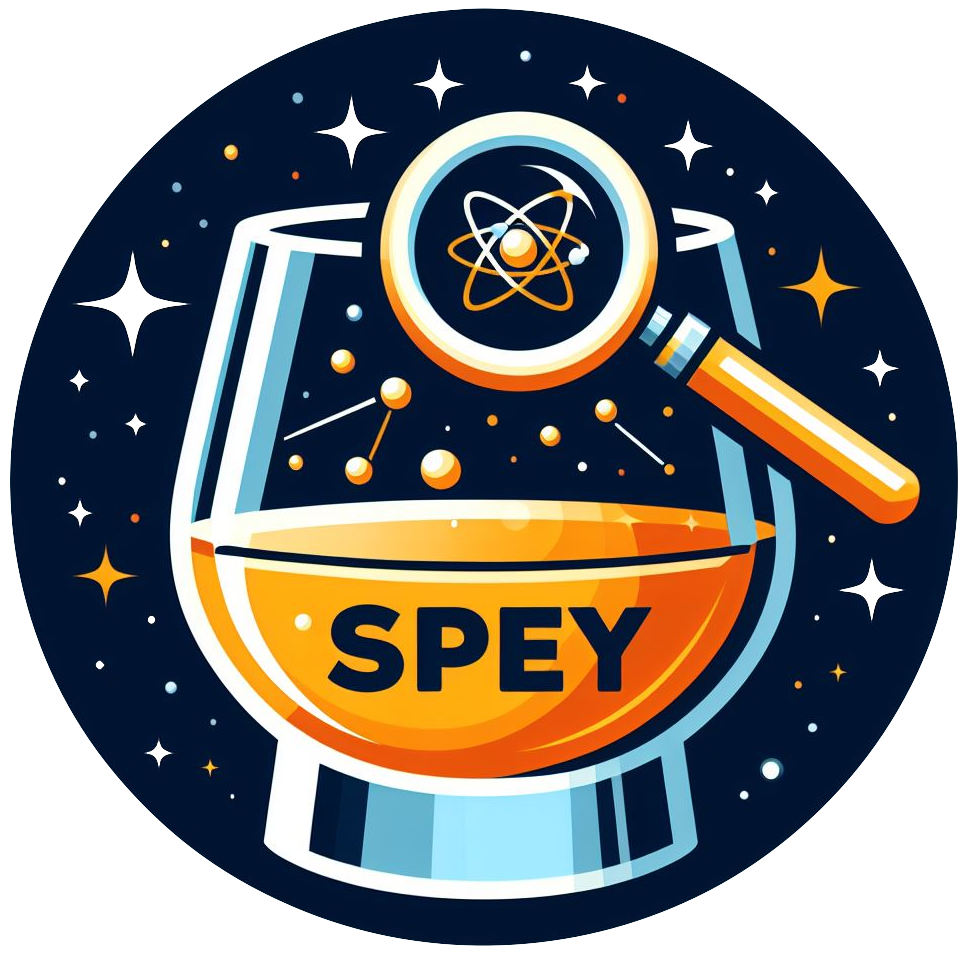spey.hypothesis_testing.toy_calculator.compute_toy_confidence_level#
- spey.hypothesis_testing.toy_calculator.compute_toy_confidence_level(signal_like_test_statistic: List[float], background_like_test_statistic: List[float], test_statistic: float, test_stat: str = 'qtilde') Tuple[List[float], List[float]][source]#
Compute confidence limits i.e. \(CL_{s+b}\), \(CL_b\) and \(CL_s\)
- Parameters:
signal_like_test_statistic (
List[float]) – signal like test statistic valuesbackground_like_test_statistic (
List[float]) – background like test statistic valuestest_statistic (
float) – value for parameter of interesttest_stat (
Text, default"qtilde") –test statistics.
'qtilde': (default) performs the calculation using the alternative test statistic, \(\tilde{q}_{\mu}\), see eq. (62) of [arXiv:1007.1727] (qmu_tilde()).Warning
Note that this assumes that \(\hat\mu\geq0\), hence
allow_negative_signalassumed to beFalse. If this function has been executed by user,speyassumes that this is taken care of throughout the external code consistently. Whilst computing p-values or upper limit on \(\mu\) throughspeythis is taken care of automatically in the backend.'q': performs the calculation using the test statistic \(q_{\mu}\), see eq. (54) of [arXiv:1007.1727] (qmu()).'q0': performs the calculation using the discovery test statistic, see eq. (47) of [arXiv:1007.1727] \(q_{0}\) (q0()).
- Returns:
returns p-values and expected p-values.
- Return type:
Tuple[List[float], List[float]]
